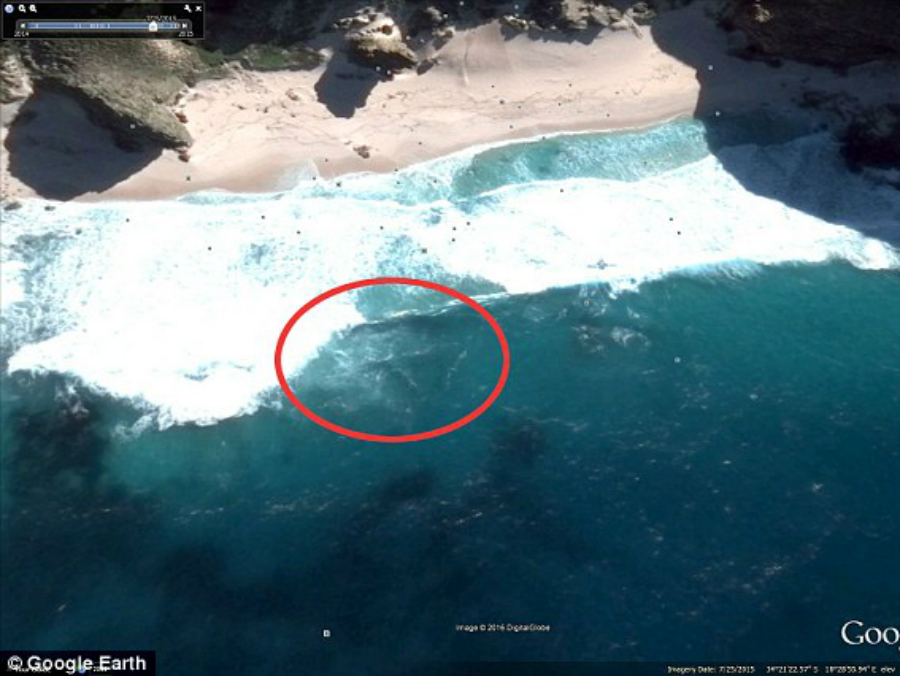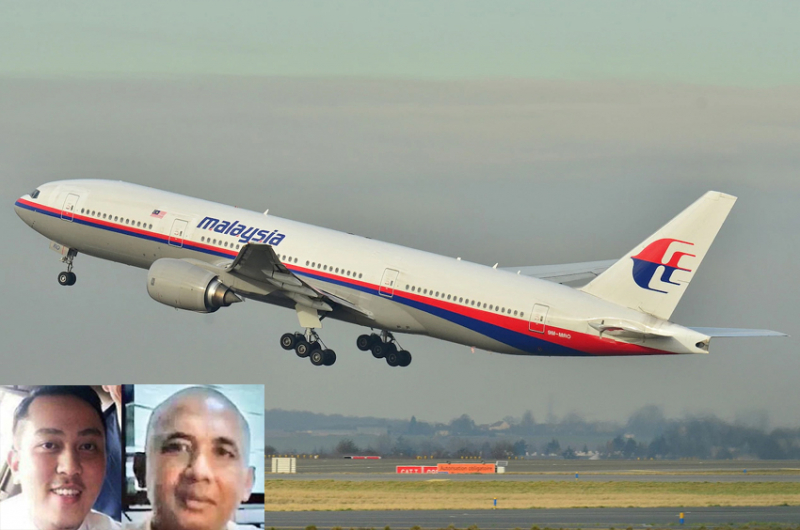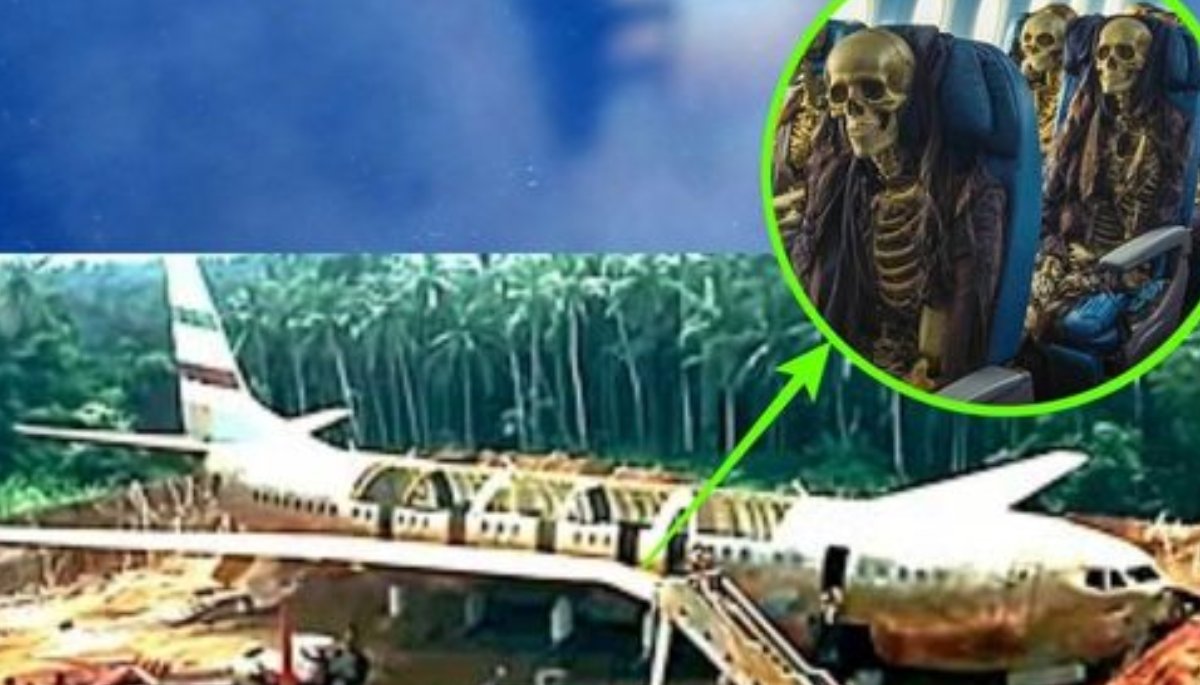In a development that brings closure to one of the most baffling aviation mysteries of the 21st century, researchers have announced the discovery of the final resting place of Malaysia Airlines Flight 370 (MH370). This breakthrough provides long-sought answers to the fate of the flight that disappeared on March 8, 2014, en route from Kuala Lumpur to Beijing, carrying 239 passengers and crew.

The discovery was made by a multinational team of oceanographers and aviation experts utilizing advanced underwater search technology and refined analysis of satellite data. The search was focused on a remote area of the southern Indian Ocean, a region previously identified but not thoroughly explored due to its vast and challenging conditions.
Advanced Technology and Refined Analysis

The key to this breakthrough was the integration of new sonar mapping techniques and AI-driven data analysis. These technologies allowed the team to re-examine previously collected data with greater precision, identifying anomalies on the ocean floor that suggested the presence of aircraft debris.
- Sonar Mapping: Utilizing high-resolution sonar equipment mounted on autonomous underwater vehicles (AUVs), researchers conducted a detailed survey of the seabed. This technology provided clear images of the ocean floor, revealing shapes and materials consistent with aircraft wreckage.
- AI Data Analysis: Artificial intelligence was employed to sift through massive amounts of satellite data and underwater scans, enhancing the detection of potential debris sites. This approach allowed the team to pinpoint the most promising locations for detailed exploration.
Confirmation of the Wreckage
Upon identifying the likely location, a deep-sea submersible was deployed to capture visual confirmation. High-definition cameras on the submersible transmitted images of debris, including identifiable parts of the aircraft structure and personal items belonging to passengers. Serial numbers on pieces of the wreckage matched those of MH370, conclusively identifying the aircraft.
Significance of the Location
The wreckage was found approximately 2,000 kilometers west of Perth, Australia, in an area known for its treacherous underwater terrain and strong currents. This location aligns with the drift patterns of debris previously found on the coastlines of the western Indian Ocean, confirming long-held theories about the flight’s final trajectory.
